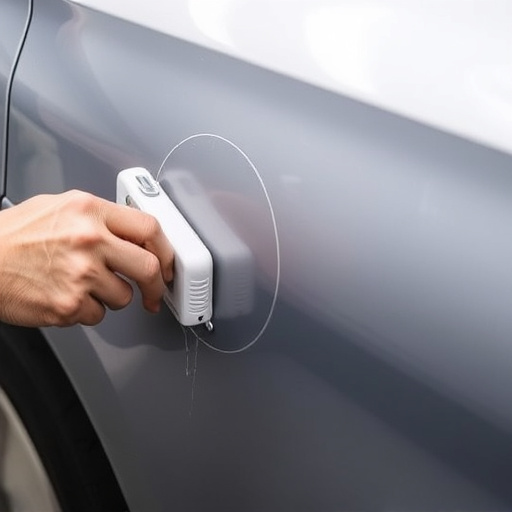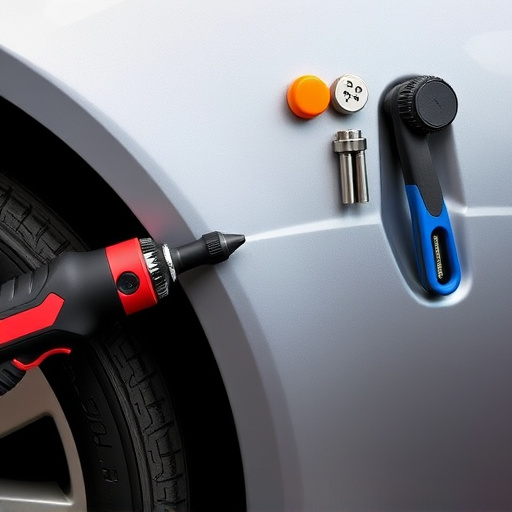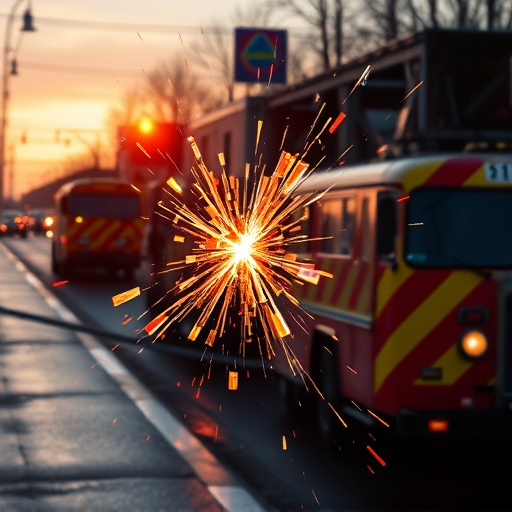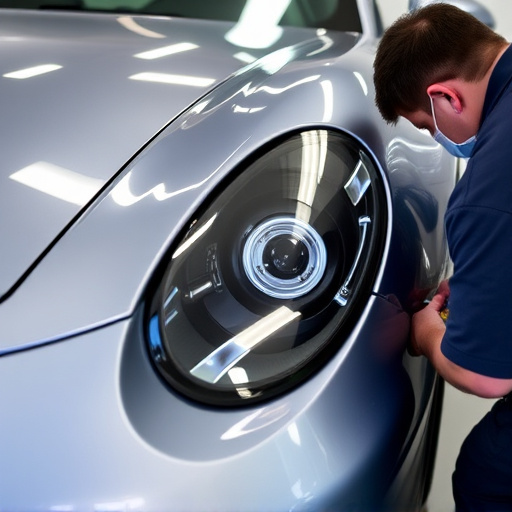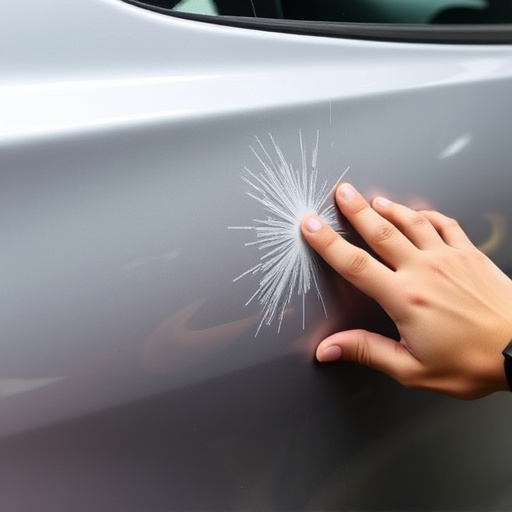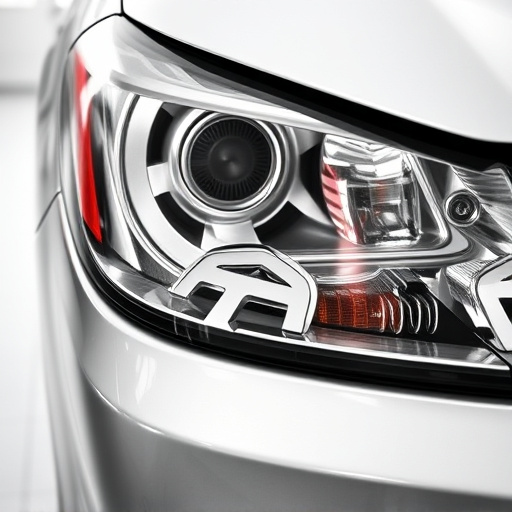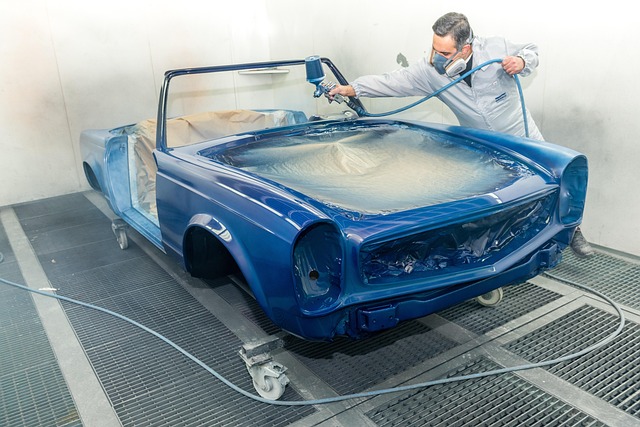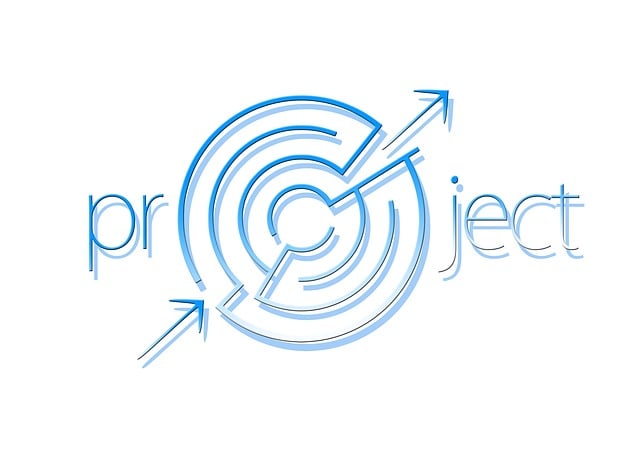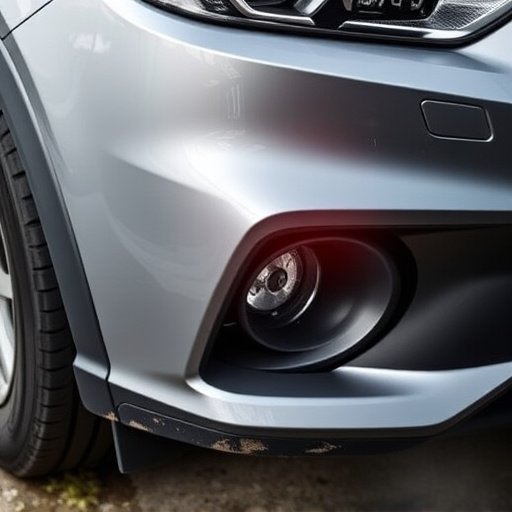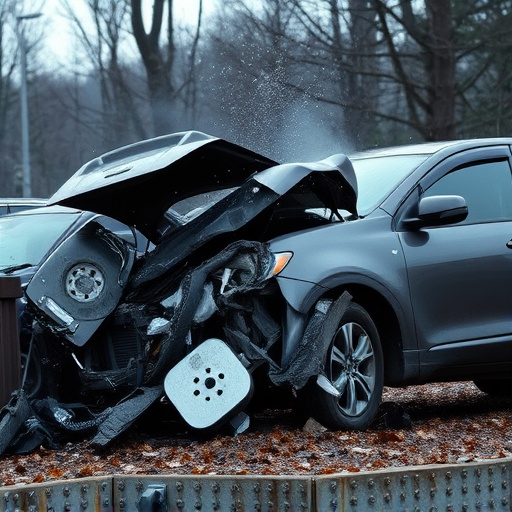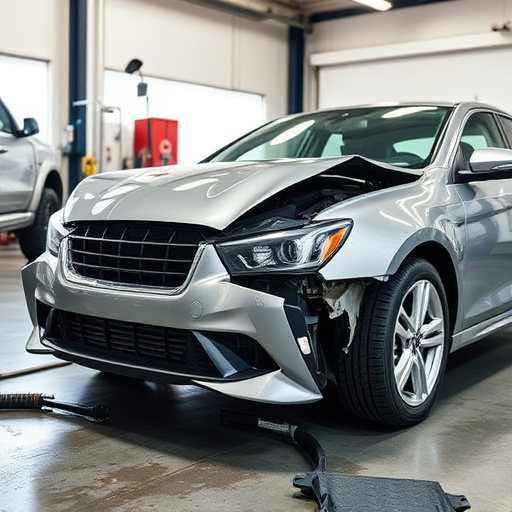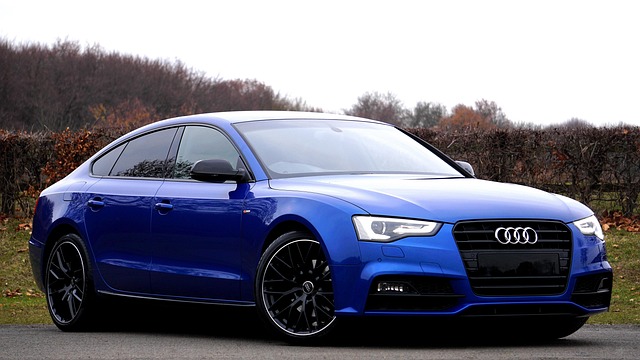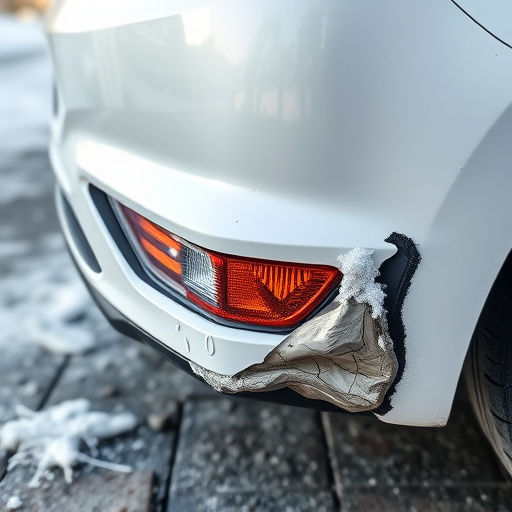In auto body paint services, mastering paint curing is key to high-quality finishes and durability. This involves understanding chemical reactions, environmental factors like temperature, humidity, ventilation, and modern technologies like UV curing. Shops use advanced techniques and equipment to optimize curing speed and quality while promoting environmental sustainability by reducing volatile organic compounds (VOCs) and energy consumption, aligning with industry trends towards precision, speed, and eco-friendly practices.
In today’s competitive auto body paint service industry, understanding and implementing effective curing methods are paramount. Paint curing is a critical step in the auto body repair process, influencing both the durability of the finish and the overall efficiency of the shop. This article delves into the fundamentals of paint curing, explores modern advanced techniques, and discusses optimizing the process for reduced environmental impact while enhancing productivity.
- Understanding Paint Curing: The Basics of Auto Body Repair
- Modern Techniques in Auto Body Paint Service: A Look at Advanced Curing Methods
- Optimizing the Process: Environmental Impact and Efficient Curing Practices in Auto Body Paint Shops
Understanding Paint Curing: The Basics of Auto Body Repair

In the realm of auto body paint services, understanding the fundamentals of paint curing is paramount for achieving top-notch finishes and ensuring durability. The process involves several stages where chemical reactions transform the liquid paint into a solid coating. At its core, curing begins with applying the paint to an automotive surface, typically after preparation steps like sanding and priming. This initial application sets the stage for cross-linking, a critical reaction that hardens the paint film by forming strong bonds between individual paint particles.
Time plays a pivotal role in this process, as different paints cure at varying rates. Environmental factors such as temperature and humidity also influence curing speed. Auto body shops employ various techniques to expedite the process, including the use of heat guns or specialized drying booths. Moreover, proper ventilation is essential to ensure even curing and prevent the buildup of volatile organic compounds (VOCs), which are commonly found in automotive paints. This attention to detail not only enhances the quality of the final finish but also contributes to a safer working environment in the automotive body shop.
Modern Techniques in Auto Body Paint Service: A Look at Advanced Curing Methods
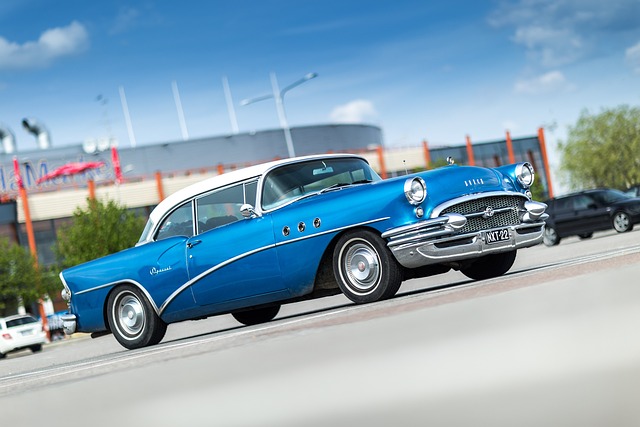
Modern auto body paint service has seen a significant evolution in curing methods, driven by advancements in technology and the demand for superior quality finishes. Traditional techniques, once the norm in collision repair services, have been supplemented—and in some cases superseded—by innovative new approaches. One prominent example is the adoption of advanced UV curing technologies, which offer faster drying times compared to conventional methods while ensuring a more even and durable finish on vehicles undergoing automotive collision repair.
These modern curing techniques not only enhance the efficiency of auto body paint service operations but also contribute to improved environmental sustainability. For instance, UV curing reduces the need for volatile organic compounds (VOCs) commonly found in traditional paints, aligning with the industry’s push towards eco-friendly practices. This shift towards advanced methods reflects a broader trend in the automotive sector, where precision, speed, and environmental responsibility are paramount in vehicle repair processes.
Optimizing the Process: Environmental Impact and Efficient Curing Practices in Auto Body Paint Shops
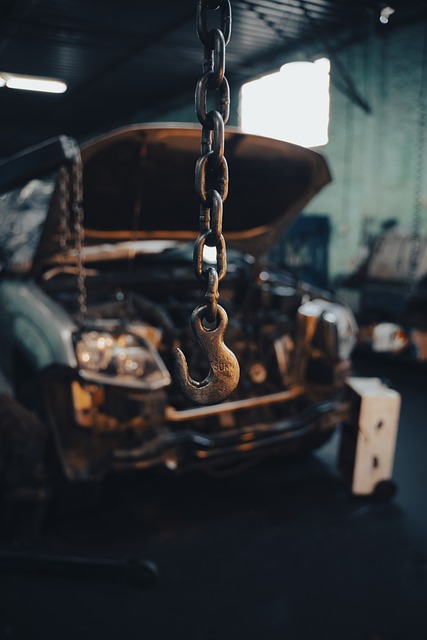
In today’s eco-conscious world, optimizing the paint curing process in auto body paint shops goes beyond efficiency; it’s a crucial aspect of sustainable auto repair services. By minimizing environmental impact, these practices not only contribute to a greener planet but also enhance the overall quality of car bodywork. Advanced technologies and innovative techniques play a pivotal role here, enabling faster drying times without compromising on the strength or durability of the paint job. This not only streamlines operations in auto body paint shops but also reduces energy consumption significantly, making it a crucial element in modern auto repair services.
Efficient curing practices involve strategic use of heat and light to accelerate the chemical reactions that harden the paint. This method, often combined with specialized coatings and advanced ventilation systems, ensures that cars are ready for collection sooner while adhering to stringent quality standards. By adopting these efficient methods, auto body painting services contribute to a faster turnaround time, happier customers, and a reduced carbon footprint, marking a significant step forward in the industry of car bodywork.
In today’s advanced auto body paint service, understanding and optimizing paint curing methods are key. From traditional to modern techniques like UV and LED curing, these innovative approaches not only enhance productivity but also reduce environmental impact. By adopting efficient practices, auto body paint shops can achieve superior finish quality while minimizing waste and energy consumption, making the process more sustainable and cost-effective.
